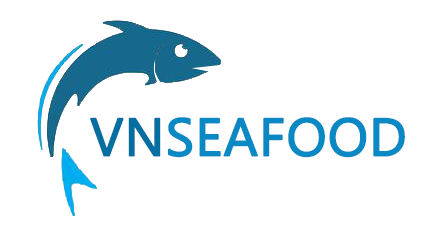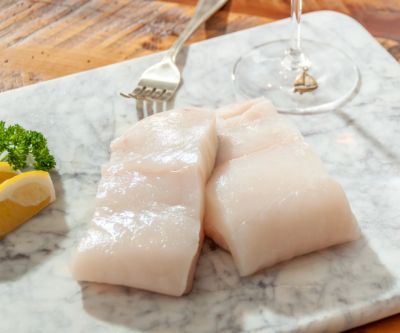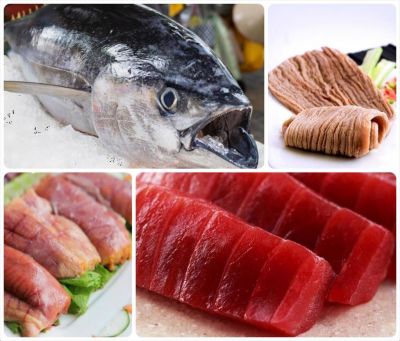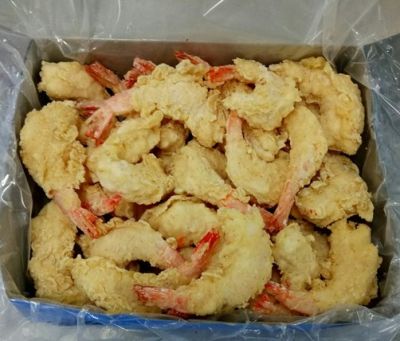By the end of this year, Vietnam’s pangasius (tra fish) industry is also facing a shortage of small-sized raw material, as many factories become overloaded with festive season orders and limited supply for production.


At the same time, the European seafood processing sector is confronting a potential shortage of wild-caught whitefish, which could have a negative impact on processors across the region. This warning was highlighted in the EU Fishery Product Supply Summary 2025 by Seafood Europe (formerly AIPCE-CEP), which outlines key trends and challenges in the EU seafood market.
According to Seafood Europe, 94% of whitefish consumed in the EU is imported, mainly from Russia, the U.S., and Norway. However, geopolitical tensions with Russia and reduced catch quotas for species such as Barents cod are threatening supply stability.
“To ensure abundant seafood for consumers, the EU must maintain access to both regional production and reliable imports,” emphasized Yobana Bermudez, Vice President of Seafood Europe.
In this context, aquaculture supply plays a crucial role in supporting market flexibility and reducing pressure on wild stocks. In 2024, output increased for several key farmed species: pangasius 205,000 tons (+12%), gilt-head seabream 159,000 tons (+2%), European seabass 136,000 tons (+7%), and tilapia 42,000 tons (+8%).
Meanwhile, EU shrimp and black tiger shrimp consumption rose by 7% in 2024, with Ecuador leading the market, holding 25% of the EU share, especially in Spain, France, and Italy.
Seafood Europe President Guus Pastoor emphasized that aquaculture species and other seafood—such as tuna and shrimp—are vital for maintaining a healthy and sustainable protein supply for consumers.
Seafood Europe is calling for stronger support for processors, employment, and competitiveness through enhanced access to raw materials, continued automatic tariff quota (ATQ) systems, new trade agreements, and the removal of trade barriers.
The association represents over 3,900 companies and 128,000 employees, with a total production value of approximately €34 billion.





